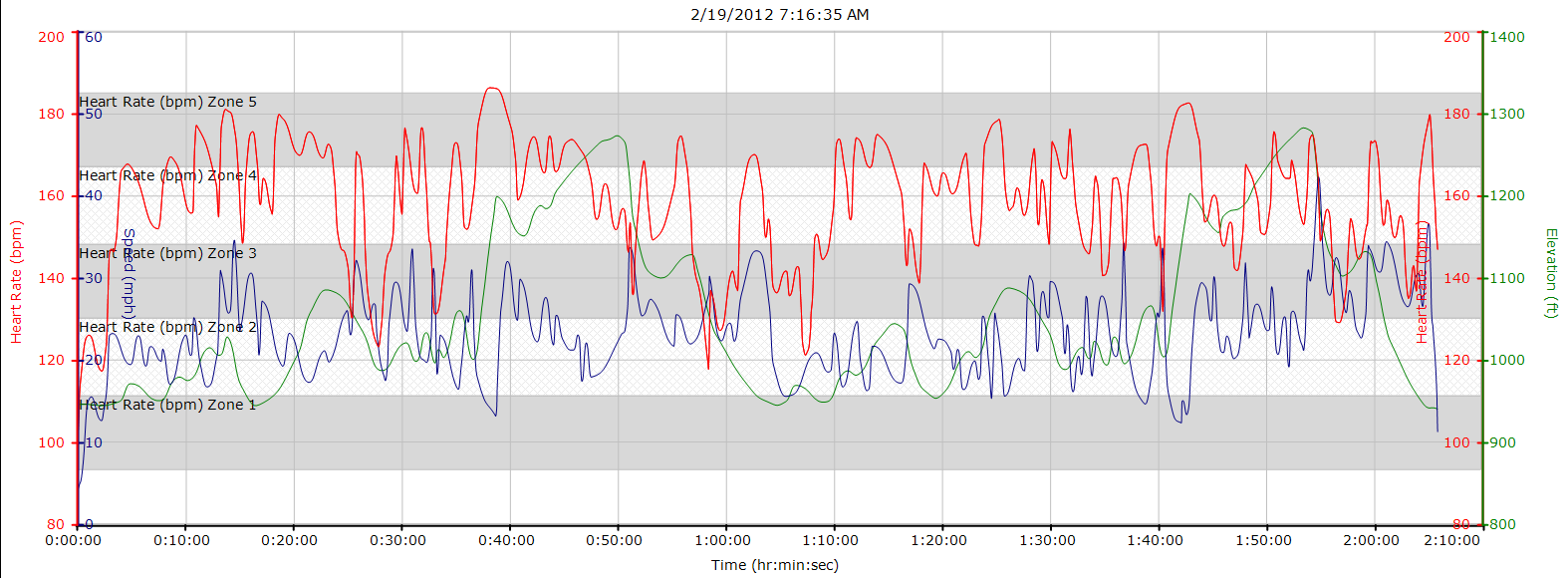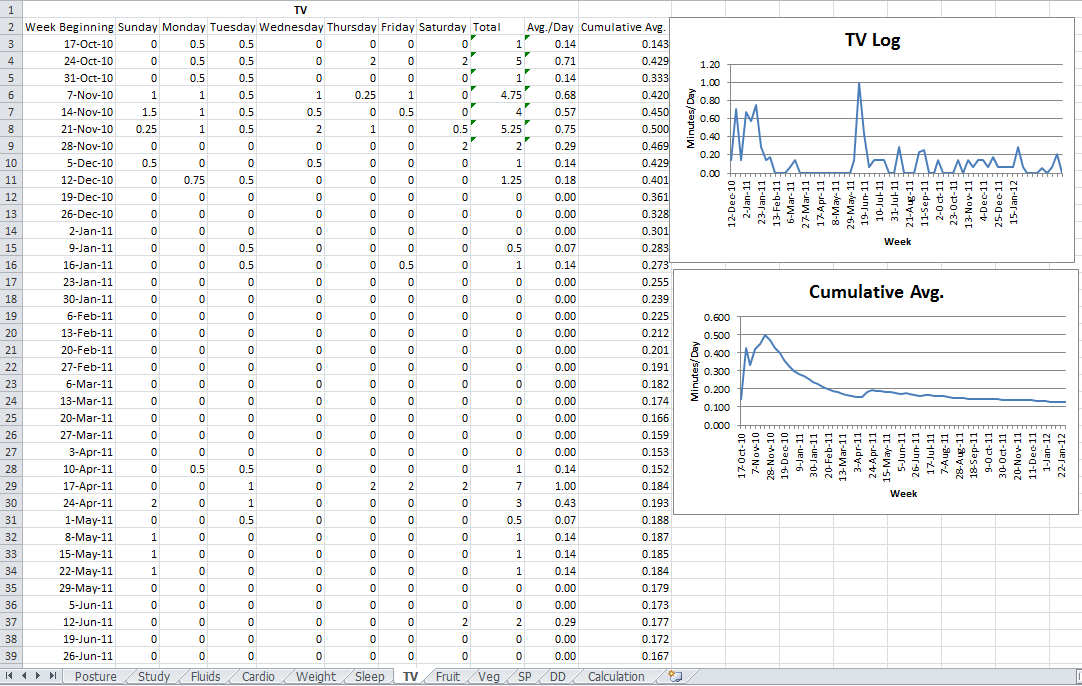Hey everyone,
Last weekend, Said and I traveled to Round Rock to stay with Mark, Bill, and Ken the night before the Walburg Classic. Last year’s race didn’t go so well since I finished dead last, so I had high hopes after getting a pack finish at Mineral Wells. The next day, we woke up at 6:00 AM and headed out to the course to do the usual sign-in, get dressed, warm-up routine before the start. The weather felt a little chilly in the mid-40’s but was otherwise fantastic as there was no rain and barely any wind at all. When I reached the staging area I met up with some of my old teammates from Texas, Marc Granberry and Taylor Richie, with whom I hadn’t ridden in almost 2 years, and I felt really excited since I’d have to race against them this time around. We expressed some concern that the large size of the peloton (92 riders), along with the narrow width of the course, would make it very difficult for any rider to gain position or move up in the pack during the race. In addition, we thought that the presence of the newly-minted Cat 4s who were eager to make an early-season result would make it particularly dangerous when chasing down breakaways.
The race started out at a moderate pace on rolling terrain. I felt a little stale, but I didn’t find it hard to keep up with the pack except for one instance when the rider I was following lost focus during the descent and I had to pick up the pace past 40mph to catch back on, which cost me a little bit of precious energy. The peloton started getting really nervous after that descent – I don’t think any of the riders would find it particularly hard to descend at 40mph but doing it in a pack of 92 riders where you can’t see anything in front of you can be quite daunting, especially when the wind nudges you a little bit from the side as you go down. After that, people started overreacting to the speed fluctuations and any time someone tapped their brakes, the next 10 riders would do the same thing and cause a ripple effect through the back.
When we hit the middle of the first lap, the course became mostly straight and flat and everyone calmed down a little bit. I took the chance to eat a gel and take a breather. At this point of the race I was in the back of the pack and mostly minding my own business. We then took a right turn and the peloton decided to speed it up to 36 mph in an effort to drop the weaker riders in the back. This was definitely one of those moments where I realized one of the hazards of staying in the back – a few of the riders couldn’t hold tempo so I had to leapfrog them in order to regain contact with the pack. One of the masters riders from Violet Crown simply couldn’t accelerate and would lose contact after each corner, but he somehow managed to get back in front of me for the next three turns and I got really annoyed since I didn’t want to be following him during the race. We soon hit the uphill climb at the end of the first lap and we didn’t take it all that hard – I sustained about 165 bpm for a couple of minutes and my power output didn’t go over 600 watts. In comparison, I reached 171 bpm and output 900 watts of power during that right-hand turn I described earlier.
The second lap felt a lot less stressful than the first lap – I think everyone who survived the first lap had a better feel for the course so they weren’t as anxious the next time around. I caught up to Marc and we chatted a bit on what we thought of the race so far. We agreed that we wouldn’t be able to contest the sprint unless we moved up to the front of the peloton. Unfortunately the field was packed with riders and there wasn’t any room to move up. Whenever somebody lost focus or opened up a gap while eating or drinking, we had to take that opportunity to gain position, but it didn’t happen very often. During the flat section of the course a rider bumped into Said and caused a 7-rider crash as he went down. The last person to fall happened to be right in front of me and I narrowly avoided him and I had to stop and unclip. The riders in the front took advantage of this and immediately picked up the pace to 35 mph. I managed to generate 1016 watts of power trying to catch up to the field – this would be the highest amount of power generated during the race. When the pace settled down, Marc and I found ourselves mid-pack while Said maintained his top-20 position.
The following video shows the crash that happened in the 35+ 4/5 race, which was worse than the crash in our race, but it gives you a glimpse on what it feels like to be riding behind one:
Towards the end of the race Marc and I mostly gave up trying to move up the field. Everyone was trying to move up but no one was willing to give up their place. When the 800 meter uphill sprint started, I was about 50th position and I managed to pass around 15 riders on the way up. A lot of them were blocking the way and I had to work my way around them and that cost me a lot of time. I ended up 33rd, Marc got 66th, Taylor 76th, and Said 10th – a very good result for him.
In terms of physical effort, I thought the race was really easy – there were only a few moments where I had to exert myself but I never felt exhausted or at the limit. When I browsed the TXBRA forums the day afterward, the other riders expressed the same opinion and the hard part about this race was not really about going fast but mostly about gaining and maintaining position within the field. In that sense I think this was an excellent opportunity to learn what that meant and I’m glad I was able to finish the pack again. I started in the back at 92nd and managed to finish the race 33rd, and I think if I started midfield and paid more attention to positioning I could have gotten a better result. Nevertheless, I feel really happy about the way I’m progressing this season and I’m exactly where I want to be. Going back to last season, I dropped 5 minutes into the race but this time I managed to stay with the pack again.
Looking at the data, you can see by raw numbers a big improvement over Mineral Wells:
Walburg Stats:
Average Speed: 23.1 mph
Average Power: 197 watts
Average Heart Rate: 155 bpm
Mineral Wells Stats:
Average Speed: 22.7 mph
Average Power 178 watts
Average Heart Rate: 145 bpm
The numbers from Mineral Wells are all lower but I felt like I was trying a lot harder during that race. I think part of the reason is because of the altitude – at Mineral Wells, I reached a max elevation of 1100 ft whereas at Walburg I reached a max elevation of 525 ft. The difference in oxygen concentration could have made it better, or perhaps I gained that much fitness over the week, but it was probably a combination of the two. Anyway I’m satisfied with the improvement. You can see the rest of the race data here. I’ve signed up next week for Lago Vista and I think it’ll be really fun since I’m staying in a condo with the rest of my teammates. I’ll be racing the 3/4 race on Saturday which could be a great deal harder. Said convinced me to give it a shot. I plan to just sit in and see if I can finish with the Cat 3 riders. I’ll be racing the 4/5 race on Sunday for the sake of balance.
As a bonus, here’s Brian’s data from the Cat 3 race:
Walburg Stats (Brian):
Average Speed: 24.0 mph
Average Heart Rate: 160 bpm
Max Heart Rate: 187 bpm
Brian and 6 other riders went for a late breakaway and he ended up 3rd. That’s very impressive considering that the chances for a successful breakaway were greatly diminished by the lack of wind, along with his race being 50% longer and 1 mph faster than mine. Brian took a chance and he got a great result. He had a frustrating season up until now, but I think this result shows that hard work pays off.













